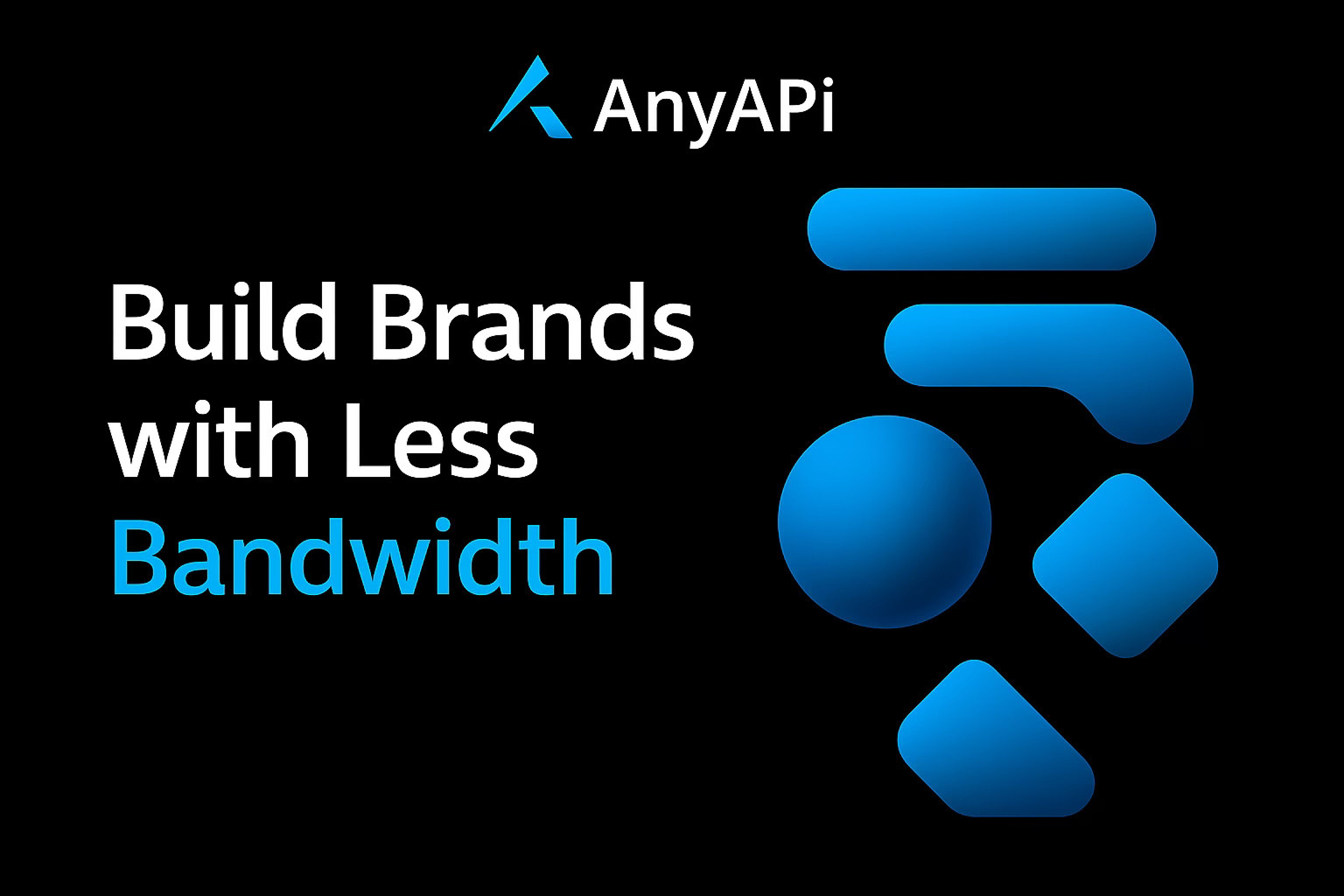Best AI Models for Logo Generation in 2025

You're launching a new AI product. The backend is humming, the MVP is shipping and your Figma file still has a placeholder logo. Sound familiar?
Design bottlenecks slow down many technical teams. Hiring a designer can be expensive or slow. Doing it yourself risks looking unprofessional. But 2025 is a different world: AI models can now design clean, creative logos at the speed of a prompt.
This article breaks down the most effective AI tools and models for logo generation, how they work, and how builders like you can integrate them into product workflows.
Why Use AI for Logo Design?
AI-generated logos aren't just about cost-cutting, they're about speed, iteration, and creative flexibility. These tools offer:
- Rapid prototyping for early-stage products
- High-quality output without needing visual design skills
- Instant customization across formats and colors
- Easy iteration based on brand tone, product category, or aesthetic style
For devs building tools, apps, or SaaS platforms, this means you can ship with a polished visual identity from day one.
Core Models Powering Logo Generation
Logo generation relies on diffusion and transformer-based models trained on visual patterns, brand iconography, and style transfer techniques. The leading models in 2025 include:
1. DALL·E 3 (via OpenAI)
DALL·E 3’s tight integration with natural language input makes it a go-to for brand creation. It interprets detailed logo prompts with surprising precision, especially when given style, color, and format requirements.
Use Case:
A SaaS founder launching a DevOps monitoring tool prompts: “Modern flat-style logo with a stylized graph icon, dark blue tones, minimalistic.” DALL·E generates 3 on-brand options ready for app splash screens or social banners.
Pros:
- Strong semantic understanding of style prompts
- Good for abstract, icon-style logos
- Native support in ChatGPT or via API
Limitations:
- Outputs may require some vectorization or cleanup
- Resolution capped for large-format uses
2. Ideogram AI
Ideogram emerged as a top pick for text-integrated logo designs. Unlike models that distort letters, Ideogram specializes in clean, legible typography embedded in logo forms.
Use Case:
An indie dev building a mobile journaling app prompts: “Handwritten-style logo with ‘Daynote’ in a script font, notebook icon included.” Ideogram returns a polished typographic logo with elegant font styling.
Pros:
- Best in class for wordmark-style logos
- Excellent letter rendering and spacing
- Strong understanding of branding tone
Limitations:
- Less effective for abstract shapes without text
- Limited model access for real-time API use
3. Midjourney v6
Midjourney still leads when it comes to visual creativity and art direction. If your brand leans toward expressive, artistic aesthetics – this is the one.
Use Case:
A creative dev collective launching a design-focused AI tool prompts: “3D-style chrome logo, futuristic font, neural-network inspired icon.” Midjourney delivers highly original and cinematic outputs.
Pros:
- Stunning aesthetic control
- Ideal for brands in gaming, media, or AI
- Can handle textured or surreal concepts
Limitations:
- No native API (as of mid-2025)
- Requires Discord interface for prompting
4. Logo Diffusion Models (open-source)
Several open-source diffusion models fine-tuned on brand assets have emerged like LogoDiffusion or DesignGAN variants. These models can be self-hosted or run via AnyAPI or similar providers.
Use Case:
A dev tool company wants a tight feedback loop for logo testing. They self-host LogoDiffusion, integrate it into an internal dashboard, and allow non-designers to generate and A/B test logo variants.
Pros:
- Fully customizable
- Private and scalable
- Can train on niche brand data
Limitations:
- Requires ML ops or hosting skills
- Needs prompt tuning to match quality of closed models
How Developers Use Logo AI
- Founders quickly generate a logo before launch or pitch decks. Iterate as product-market-fit evolves.
- Hackathon teams design a temporary visual identity in under an hour, freeing up time for actual dev work.
- Indie Devs use Midjourney or Ideogram to create app icons, splash screens, and product logos without hiring help.
- Enterprise innovation teams integrate AI logo generation into internal branding tools for new initiatives or experiments.
Best Practices for AI-Generated Logos
- Prompt Engineering Matters: describe visual tone, layout, colors, and any metaphors.
- Post-Processing is Key: use tools like Figma or Illustrator to vectorize, scale, or refine edges.
- Brand Consistency: once you have a logo direction, generate consistent assets across light/dark modes and sizes.
- Test With Users: even AI-generated design benefits from real feedback before you go live.
The Future of AI Branding
In 2025, the best logos aren’t necessarily made by hand, they’re co-created with machines. As AI design tools evolve, more branding processes will be real-time, interactive, and tightly integrated into product pipelines.
For developers and startups, this shift levels the playing field. You don’t need a designer in-house to look like a real company, you just need the right tools and workflows.
One API to Connect Your Favorite Logo Models
Whether you’re using DALL·E 3, Ideogram, Midjourney, or self-hosted diffusion models, the real edge comes from how easily you can integrate them into your stack. With AnyAPI, you can connect and prompt all major AI models – image, text, or code – through a single endpoint. From logo generation to product branding, your AI pipeline stays clean, scalable, and future-proof.
Let your product shine from day one with a logo that tells the story.





